Mouldings
Explore our complete collection of mouldings, designed for small details with big impact to enhance and define interior spaces with ease. Whether you're adding subtle detail or a bold decorative feature, we offer a wide selection of wall mouldings, trims, and finishes in high-quality responsibly sourced timber, available in both natural and primed mouldings for painting. [read_more]
With dedicated profiles for covers, corners, floors, windows, doors, and more, you'll find the perfect solution for every area of the home. Our wood mouldings are precision-machined for a clean finish and simple installation, ideal for all projects.
Our Design Service294 products
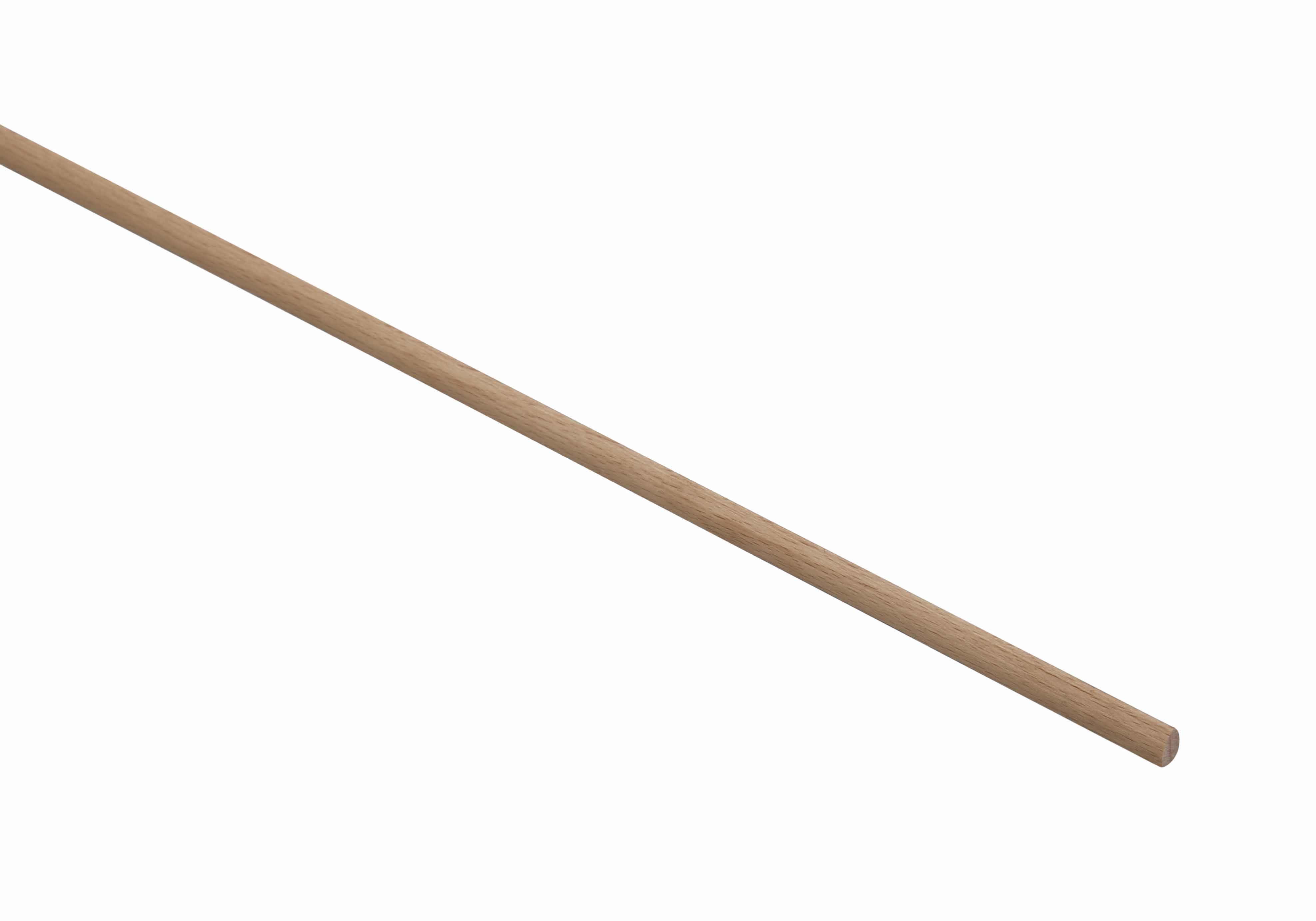 35 Light Hardwood Quadrant Mouldings 6 x 6 x 2400mm
CRN2009
35 Light Hardwood Quadrant Mouldings 6 x 6 x 2400mm
CRN2009
Helps prevent draughts to improve the insulation within your home.
View Product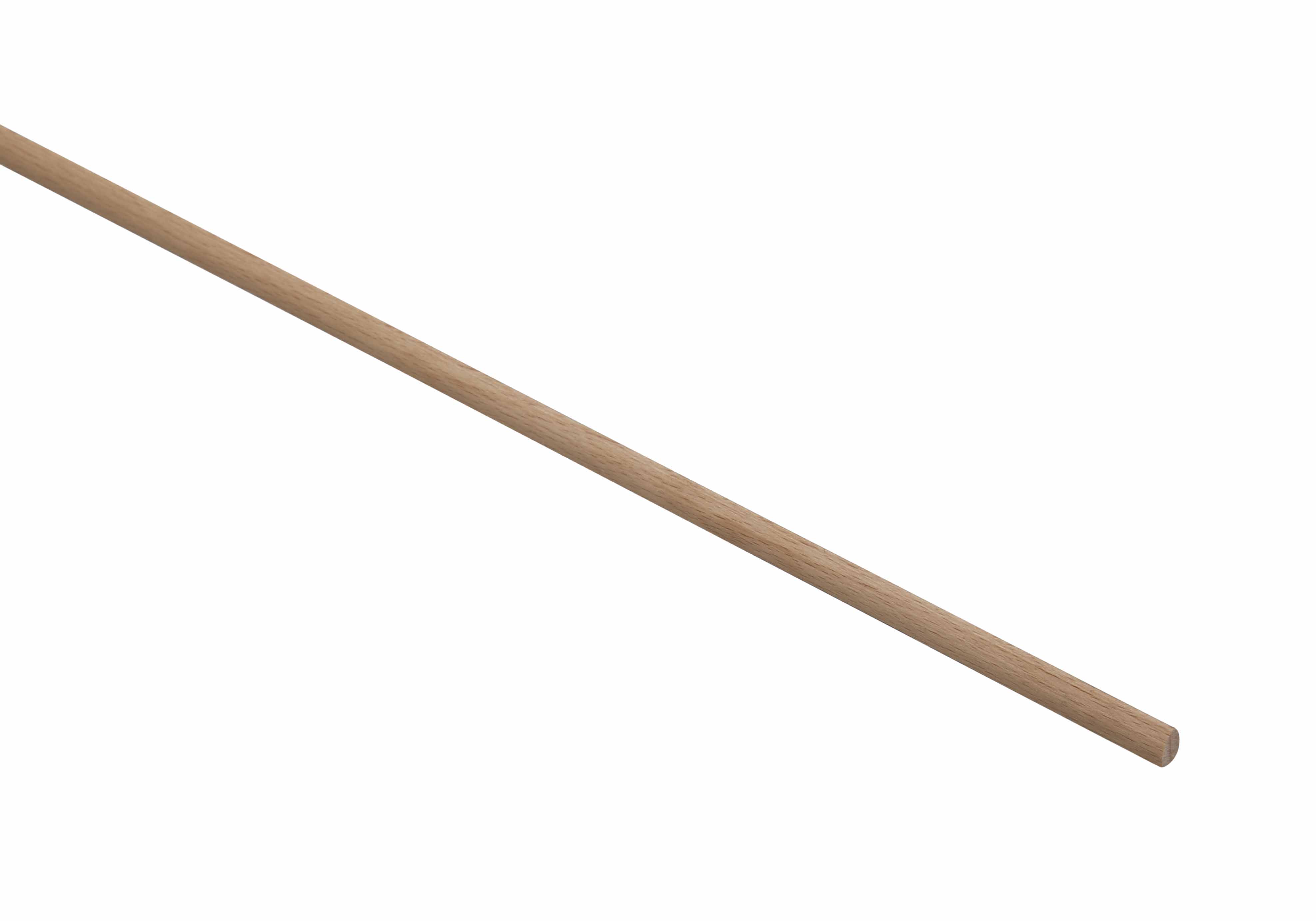 20 Light Hardwood Quadrant Mouldings 18 x 18 x 2400mm
CRN2010
20 Light Hardwood Quadrant Mouldings 18 x 18 x 2400mm
CRN2010
Helps prevent draughts to improve the insulation within your home.
View Product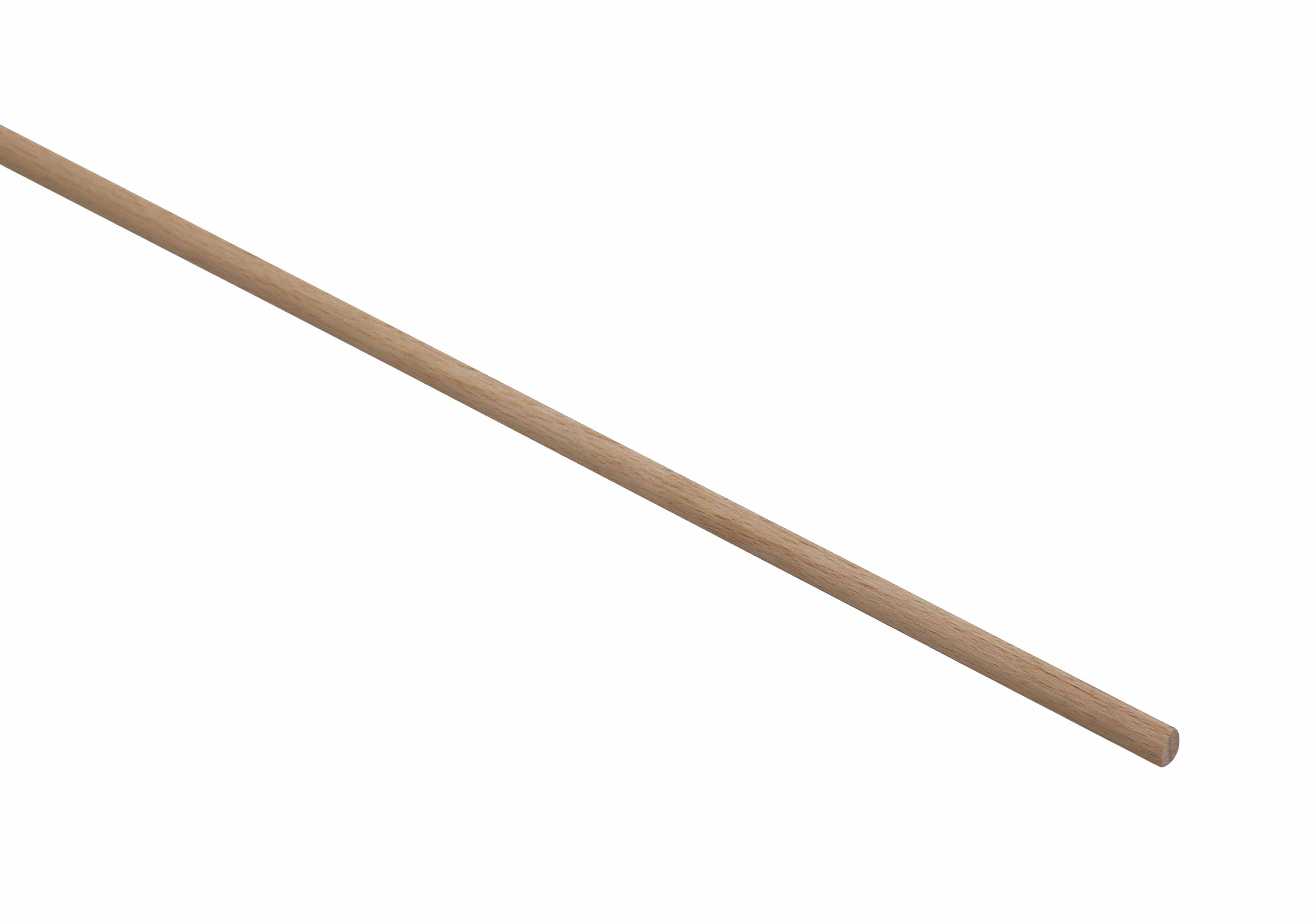 20 Light Hardwood Quadrant Mouldings 21 x 21 x 2400mm
CRN2011
20 Light Hardwood Quadrant Mouldings 21 x 21 x 2400mm
CRN2011
Helps prevent draughts to improve the insulation within your home.
View Product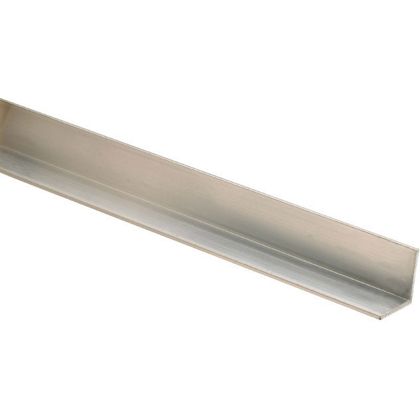 10 Aluminium Square Angle Mouldings 12 x 12 x 2400mm
CRN4001
10 Aluminium Square Angle Mouldings 12 x 12 x 2400mm
CRN4001
The slightly rounded profile can add a smoothness to any corner.
View Product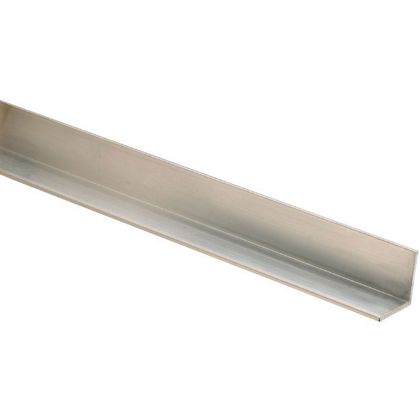 10 Aluminium Square Angle Mouldings 18 x 18 x 2400mm
CRN4002
10 Aluminium Square Angle Mouldings 18 x 18 x 2400mm
CRN4002
The slightly rounded profile can add a smoothness to any corner.
View Product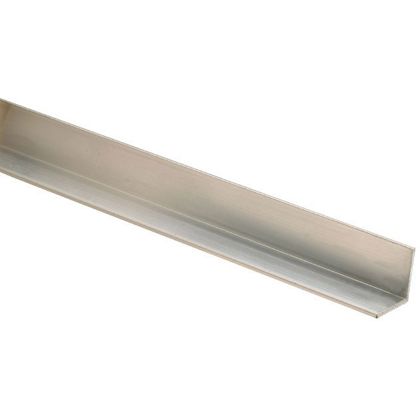 10 Aluminium Square Angle Mouldings 25 x 25 x 2400mm
CRN4003
10 Aluminium Square Angle Mouldings 25 x 25 x 2400mm
CRN4003
The slightly rounded profile can add a smoothness to any corner.
View Product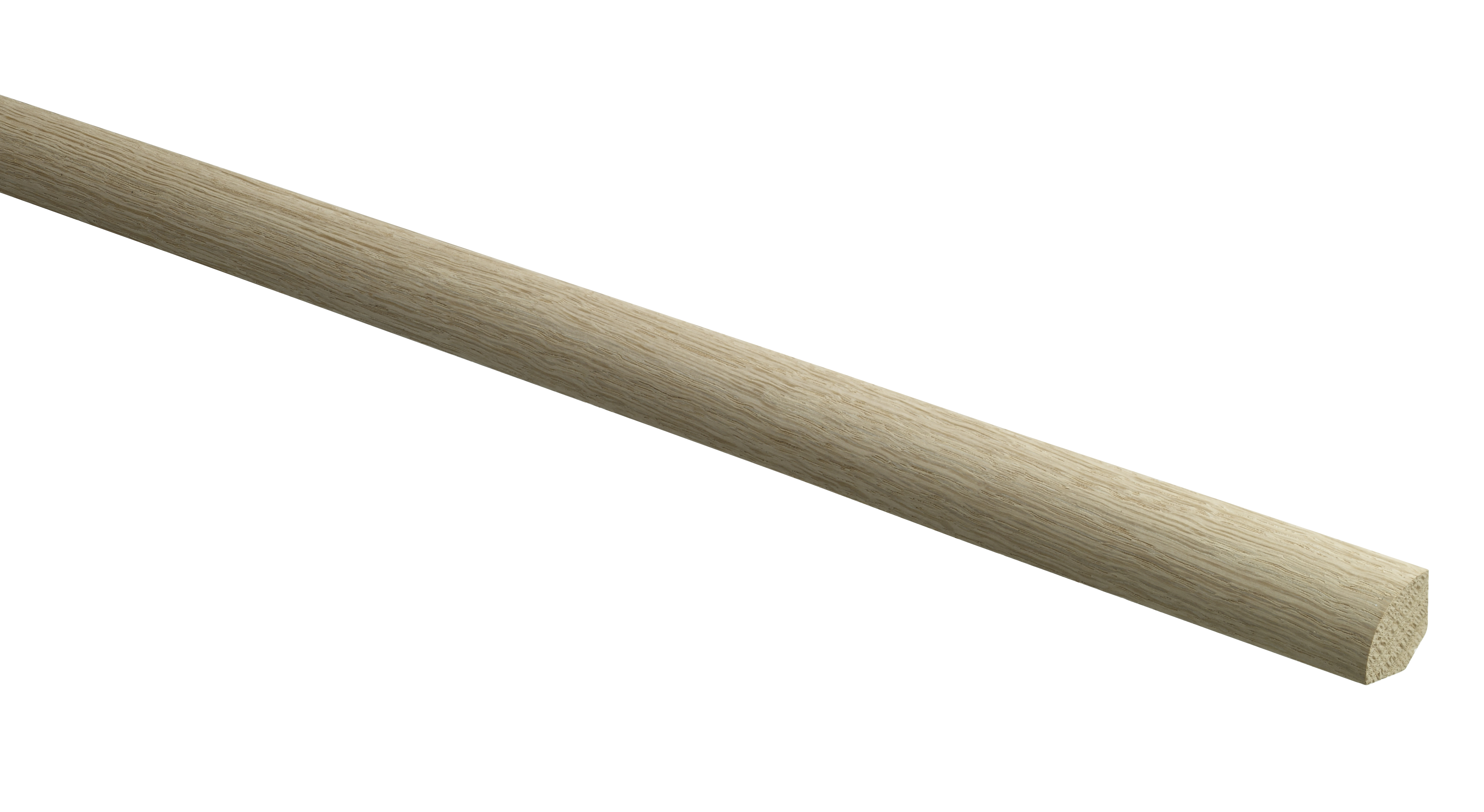 15 Oak Back-Off Quadrant Mouldings 12 x 12 x 2400mm
CRN5001
15 Oak Back-Off Quadrant Mouldings 12 x 12 x 2400mm
CRN5001
Helps prevent draughts to improve the insulation within your home.
View Product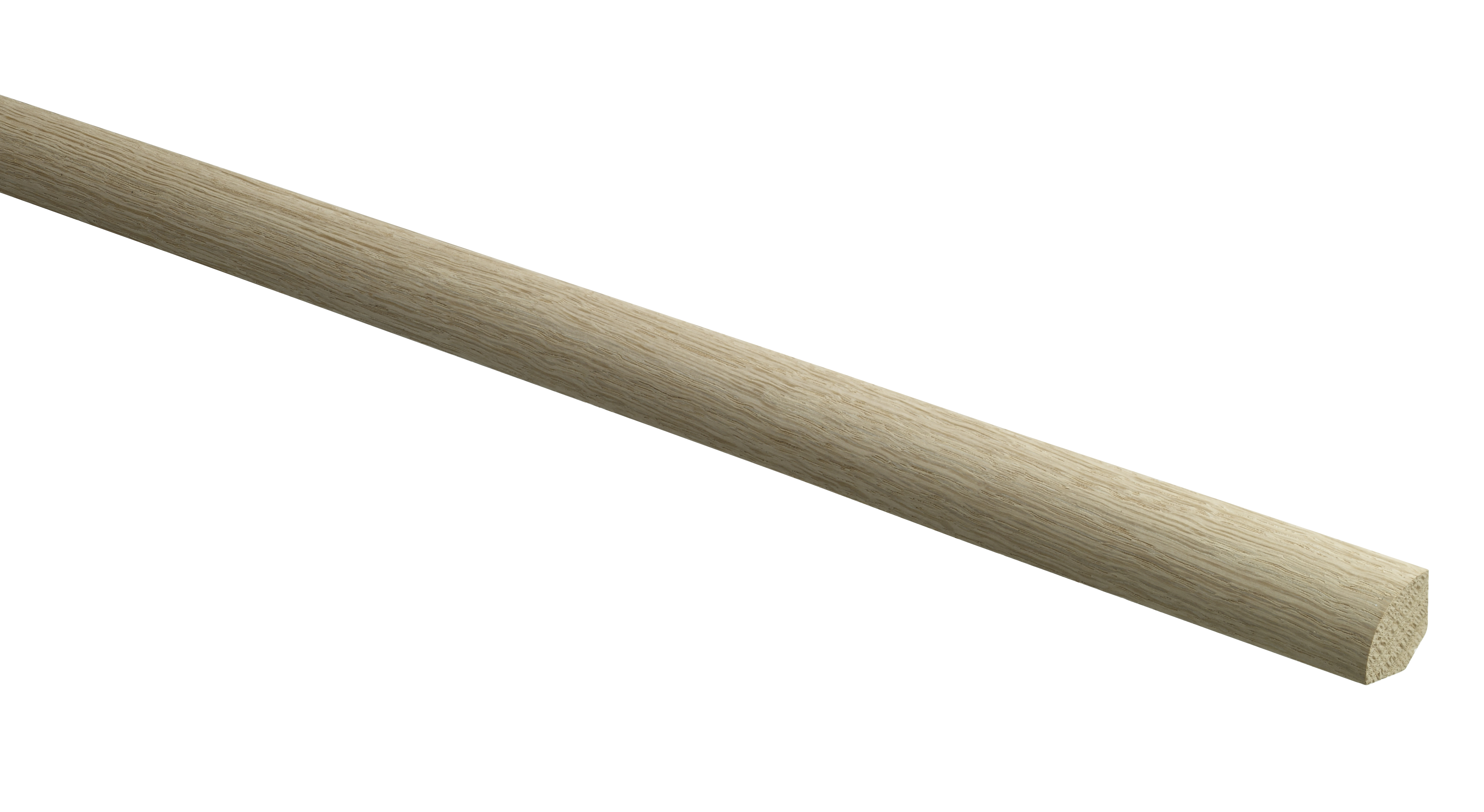 15 Oak Back-Off Quadrant Mouldings 16 x 16 x 2400mm
CRN5002
15 Oak Back-Off Quadrant Mouldings 16 x 16 x 2400mm
CRN5002
Helps prevent draughts to improve the insulation within your home.
View Product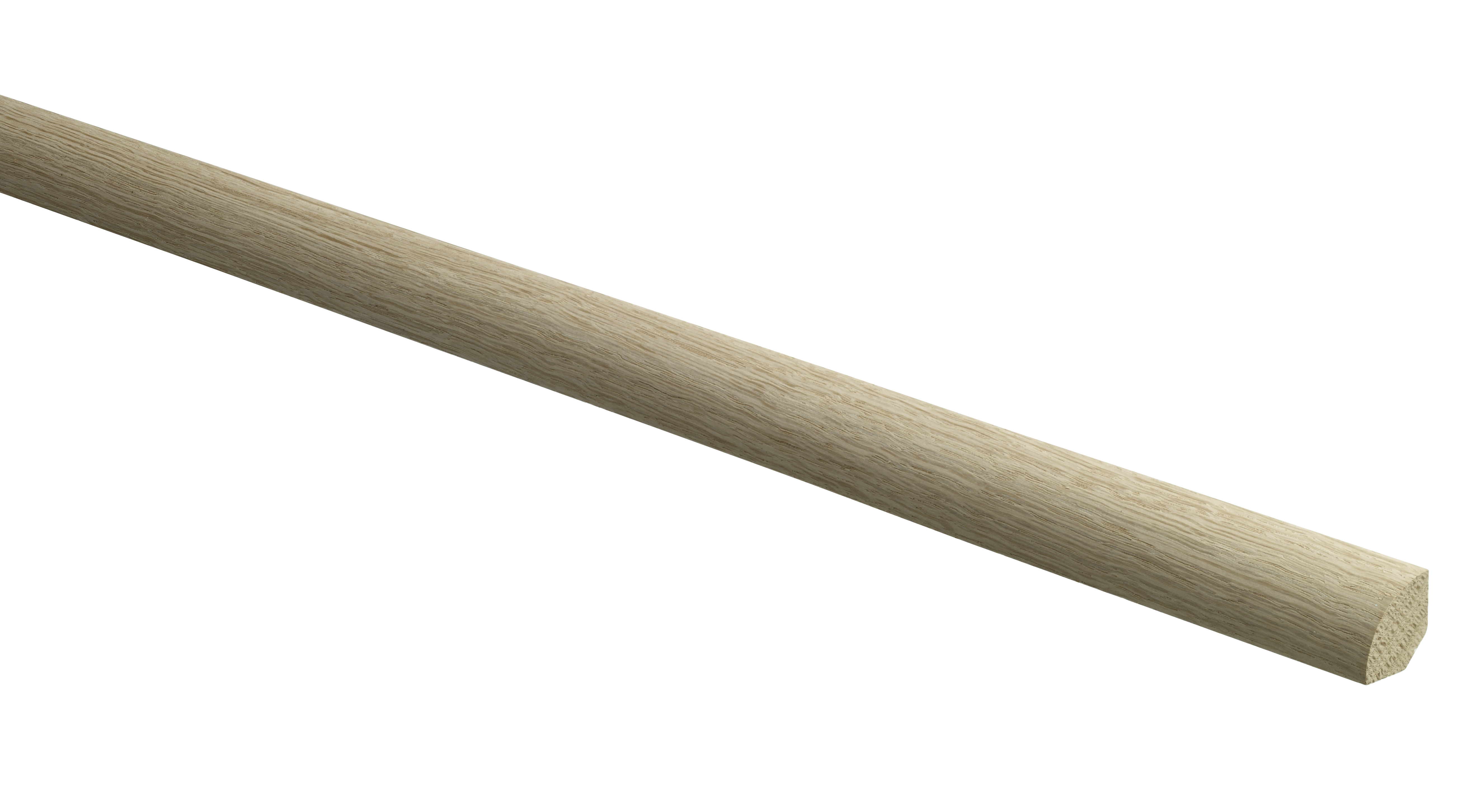 15 Oak Back-Off Quadrant Mouldings 18 x 18 x 2400mm
CRN5003
15 Oak Back-Off Quadrant Mouldings 18 x 18 x 2400mm
CRN5003
Helps prevent draughts to improve the insulation within your home.
View ProductFAQs
Mouldings
Can I install Richard Burbidge mouldings myself?
Richard Burbidge mouldings are designed so that they can be fitted by any competent DIY-er. Our mouldings are easy to work with while providing the highest quality. Each month we release a new step-by-step how to guide, giving you inspiration on how you can transform your home with Richard Burbidge mouldings. Our mouldings how to guides can be found here, check back every month for a new DIY challenge.
How much architrave per door?
The amount of architrave you’ll need depends on the size of the door and the style of moulding. Generally, you'll need about 3 metres (10 feet) of architrave to frame a standard-sized door, with extra for any intricate cuts. For larger doors, you might need more. It’s always best to measure your door frame first and buy a little extra, just in case!
How to do scotia corners?
To fit scotia corners, you'll need to make angled cuts to ensure the trim fits neatly around corners. The easiest way to do this is by using a mitre saw to cut each piece of scotia at a 45° angle at the corner where the two lengths meet. Be sure to measure accurately, as any gaps or misaligned corners will be visible. Once cut, apply adhesive to the back of the scotia and press it firmly into place. For a clean look, use filler to smooth out any gaps before painting or finishing.
Should architrave match skirting?
While it’s not a strict rule, matching architrave to skirting boards can create a more consistent look throughout the room. If you want to achieve a more traditional aesthetic, we recommend using the same profile for both. However, mixing different styles can work too, you can achieve this in a space by using a more decorative architrave and a simpler skirting, for example, to add contrast.
Should beading match the floor or skirting?
While it’s not a strict rule, matching your window beading to the floor or skirting can create a harmonious look in the space. However, you can also opt for contrasting beading for a bit of visual interest. The key is consistency: choose one style across your space for a unified feel.
What are mouldings used for?
Mouldings are extremely versatile and can be used for many DIY projects around your home. Mouldings can be used to apply decorative features to your home, hide gaps or joints in woodwork, add practical features to a room, such as a protective dado rail or used in woodworking joints. View our mouldings collections here.
What is a wood quadrant?
A wood quadrant is a type of moulding with a rounded, quarter-circle profile, often used to cover the joint where two surfaces meet. It’s commonly used in corners where walls meet the floor, ceiling, or around door frames. The curved edge of quadrant moulding adds a decorative touch and helps hide gaps or imperfections in the corner. It’s a versatile trim that works well in traditional and modern interiors.
What is quadrant trim used for?
Quadrant trim covers joints in corners where two surfaces meet, such as where a wall meets the floor or around window and door frames. It can also be used to tidy up transitions between different materials or finishes, providing a clean and polished look. Its rounded shape softens sharp angles and helps give your space a more finished and refined appearance. It’s ideal for creating a neat, professional finish in living areas, bathrooms or hallways.
Categories
Our stairparts, mouldings and timber are categorised to help you easily find the product you need.
Wall Panelling
From classic charm to contemporary flair, our range of wall panels and boards add texture, style and personality to any space. Explore high-quality interior wall panelling expertly designed to suit any style or room design.
Design ServiceStairparts
From timeless wooden spindles to sleek modern handrails, explore the full collection of Richard Burbidge stairparts and stair systems. Designed for every style and staircase design, our components combine expert craftsmanship with easy installation.
Design ServiceShop By Collection
Mouldings
From finishing trims to standout features, our expertly crafted mouldings offer quality, versatility, and timeless design. Choose from a wide range of profiles and materials to elevate walls, doors, windows, and more.
Design ServiceShop By Collection
Shop By Part
Outdoor
Transform your outdoor spaces with our expertly crafted range of timber balustrades, panels, porches, and accessories. Whether you're creating a classic garden retreat or a sleek, contemporary deck, our collections offer high-quality, treated timber and low-maintenance solutions built to last.
Design Service
